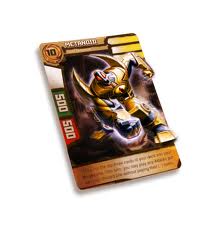Ten things to know (and places to learn) about lenticular technology.
1. Vertical Orientation
2. Horizontal Orientation
3. Image Interlacing
4. Stereoscopy
5. Printing on the Lens
6. Printing on a substrate
7. Ideal Viewing distance
8. Image Layer Separation (3D)
9. Printing Technology
10. Popular Uses of Lenticular Imagery
Lenticular imaging is popping up all over the place these days, in use as a stunning 3D display or a compelling animation. Used correctly this technology can capture a viewer and convey more movement and depth than traditional flat imagery. The best uses of lenticular take into consideration a considerable number of variables.
How big will the lenticular image be?
Where will the viewer of the lenticular image be standing?
How will the viewer move in relation to the image?
What is the goal of the image?
Who is creating the flat image and how is it being converted to lenticular?
This is only a sampling of the questions to consider when developing a lenticular image. These posts are intended to be a small sampling of considerations designed to spark further insight and questioning into how to best develop lenticular imagery.


We have published some articles on 3D lenticular printing on our website, http://www.vicgi.com/lenticular-tutorials.html
I do not have special imaging equipment but would like to turn old pictures into book markers. Is there any plastic product I can buy to cover these images to give them a similar effect ? Thank You.